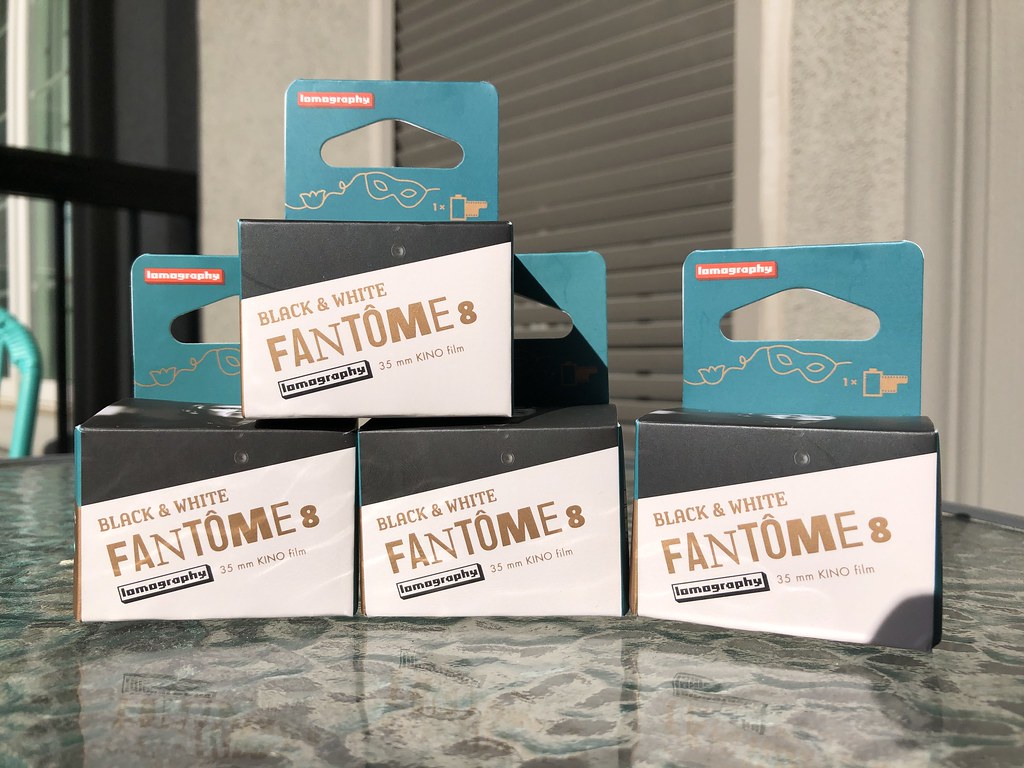The original slow film offering from Lomography and one with a great name, Fantome! I had initially thought that I wouldn’t jump on these right off the bat. However, after seeing some early results, I decided to give this slow offering a try. And don’t let the slow speed concern you; you can quickly shoot this film handheld on bright sunny days, although unlike last months film, I did shoot a roll on a tripod to see how well it handled long exposure. Fantome 8, like Babylon 13, is a repurposed ORWO film. ORWO DP31 is a positive archival duplication film designed to produce duplicates from a master roll using an internegative film (DN21). While I have been unable to determine the actual film speed of DP31, I figure it would be around ASA-12, so again shooting it at ASA-8 is not a big stretch, with some pull in development. Like last month, given that the film is a motion picture film, I will be forgoing D-76. Instead, I’ll use D-96 for the baseline. The remaining three developers are the same as the previous month. Because the film is slow, I’ll use only two cameras to set the internal meters directly to ASA-8, the Nikon F5 and Minolta Maxxum 9.
Film Specs
Type: Panchromatic B&W Positive
Film Base: Polyester
Film Speed: ASA-8 (+/- one-stop latitude)
Formats Available: 135 (35mm)
Roll 01 – FPP D96
After pulling the negatives from the tank, I figured I’d end up with a high-contrast mess without any mid-tones. But after scanning them, I got a pleasant surprise. While these images have high-contrast, there are mid-tones, nothing overly smooth, but good separation. I’m also impressed that I could hand-hold the camera while working with the film using a rare sunny day for February to get all the light I needed. There is next to no grain to speak about, and the images are sharp. I noticed that while the film is listed as being panchromatic, the reds (especially in bricks) are rendered nearly if not black, so there might be a bit more ortho than pancro in Fantome. I can see why D-96 is the developer of choice according to both Lomography and ORWO. The rest of the rolls have stiff competition after seeing these results.
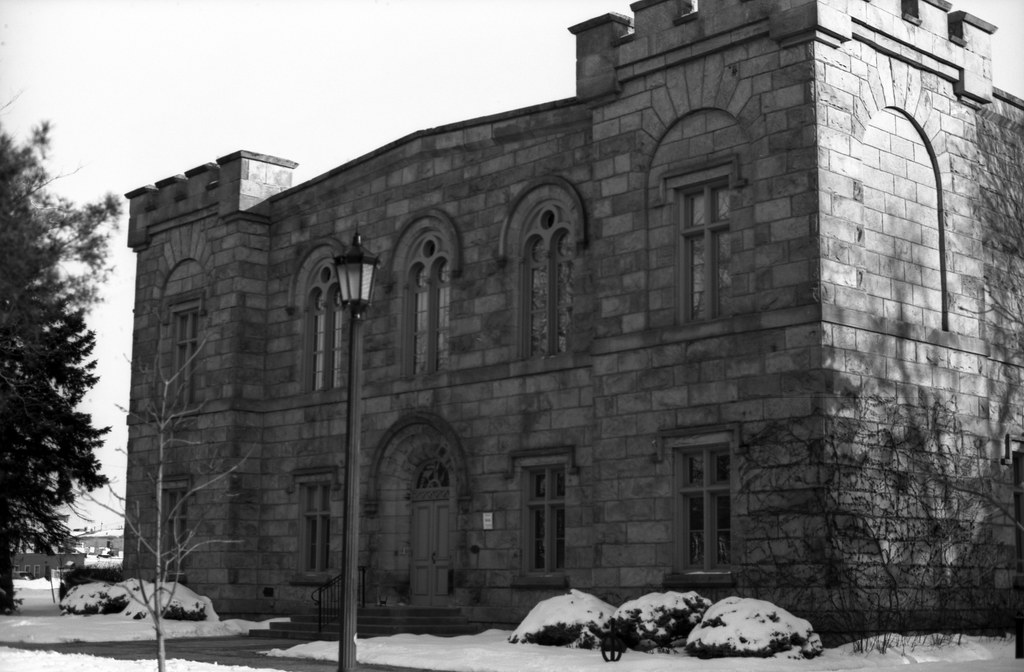
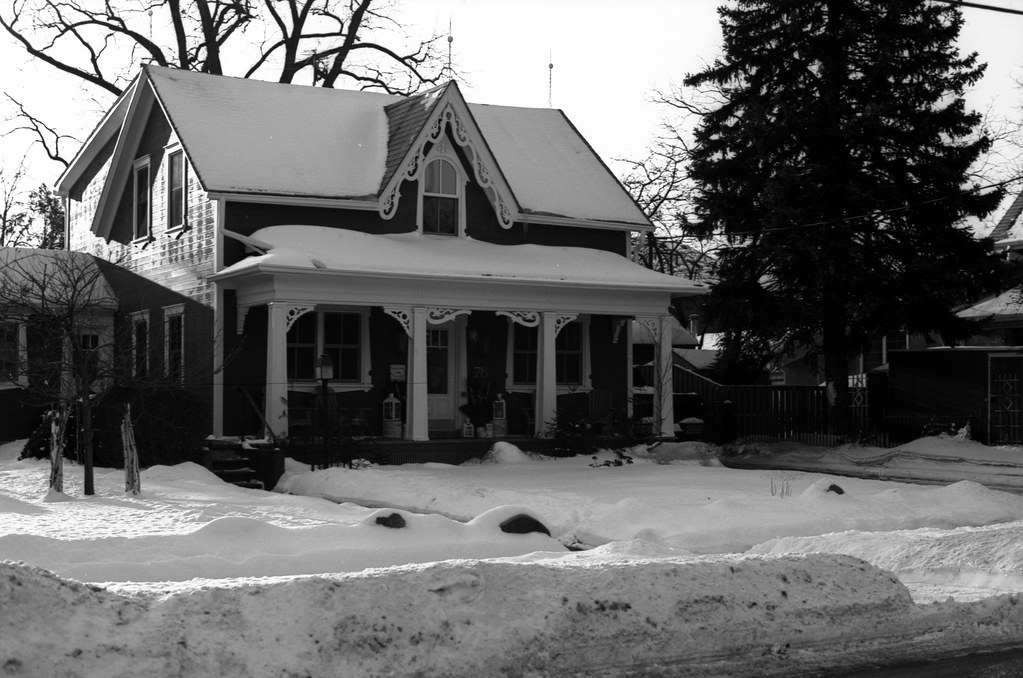
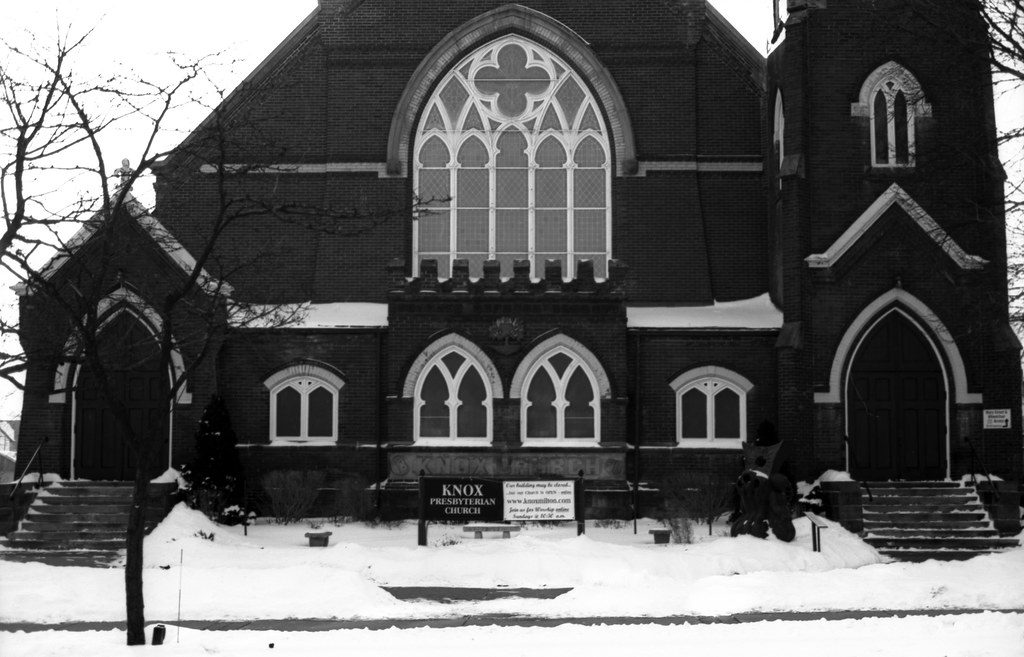

Roll 02 – Ilford Ilfotec HC
Like Babylon, when I initially shot Fantome, I developed in Ilfotec HC using a 1+31 dilution. It proved to have a hard, harsh contrast, so that I will be developing these in 1+63. And it didn’t do too much because the negatives looked about the same as the D96 ones. I think high-contrast will be the name of the game for Fantome, but we’ll survive! Initially, I was unsure of the results when looking at the negatives; they looked dense. Scanning proved interesting but scanned in far better than I thought. One thing I realised in these images is that Fantome has a high sensitivity to blue light, and I’ve since confirmed that by looking at the DP31 datasheet. This explains why the skies are blown out and blues are rendered far lighter. And while I ended up with less in the way of mid-tones than in the previous roll, they are present. There’s next to no grain, and the images are still sharp.
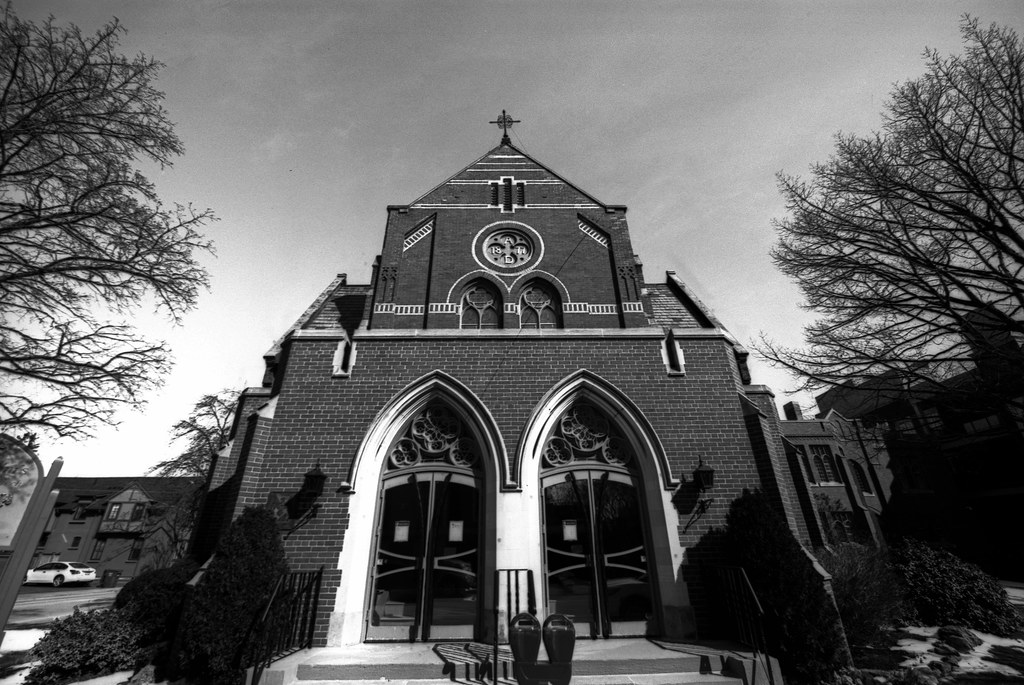


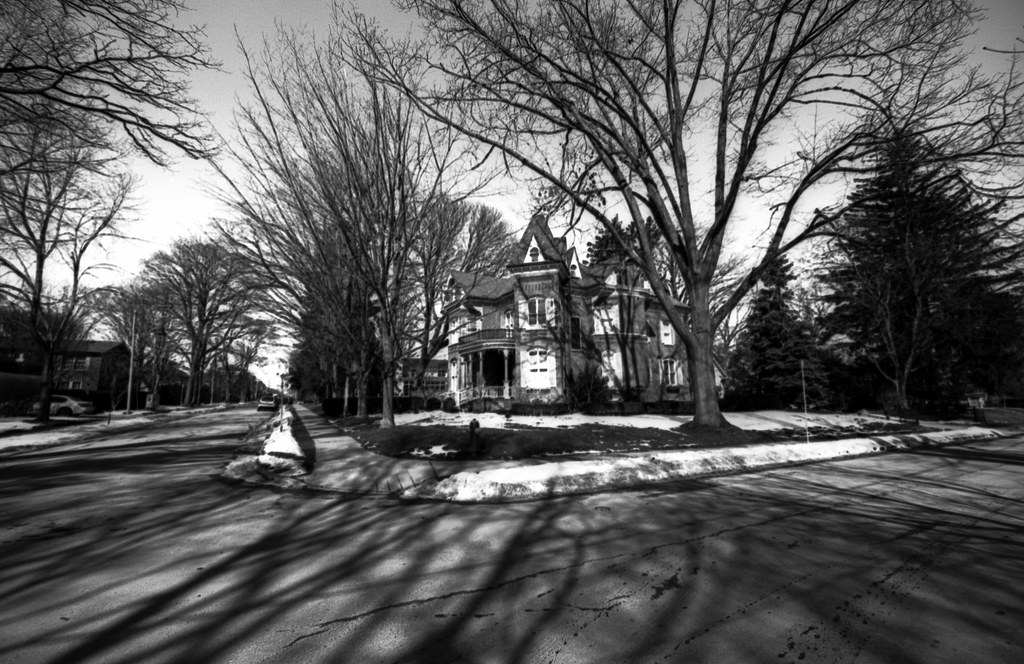
Roll 03 – Adox Rodinal
I did not have much confidence in these negatives. They looked relatively dense when I took them out from the tank, but I could see that high sensitivity to blue light as the entire skies were blown out in several cases. These would have some higher contrast, but then again, I did develop in Rodinal. An eight-minute developing cycle in a 1+50 dilution seemed a bit short. But after scanning, I did start to see some mid-tones coming back into play. Still not my personal favourite, the contrast remains a little too high for my tastes. But, in a pinch, they aren’t too bad, the grain is non-existence, but the images are still sharp. I noticed ghosting along the edges, but that could be due to scanning rather than with the exposure.



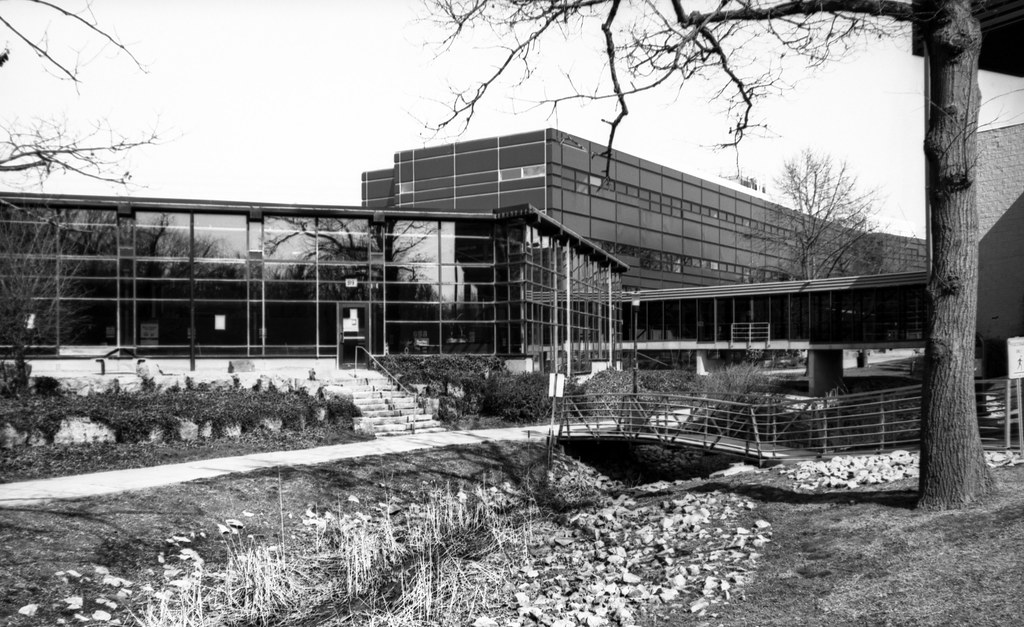
Roll 04 – Ilford Ilfosol 3
After getting my butt kicked in the past two rolls, I did not have high expectations for roll number four. I was not overly impressed with how Ilfosol 3 worked with Babylon 13, and in general, I’m not too much of a fan of Ilfosol 3, to begin with. So I was probably already setting myself up for failure and disappointment. But let’s get into the good parts, these images had the finest grain of the set, with next to no grain at all appearing in the photos. But it also maintained a decent edge sharpness but lost out on overall sharpness due to the lack of tonal separation. The contrast is high, your shadows are deep black, and your highlights are all but gone. Still, when shooting in some open shade, you do get some decent tonality, far better than I got with Rodinal, which means that in a pinch, Ilfosol 3 is a better option than Rodinal, in my opinion.

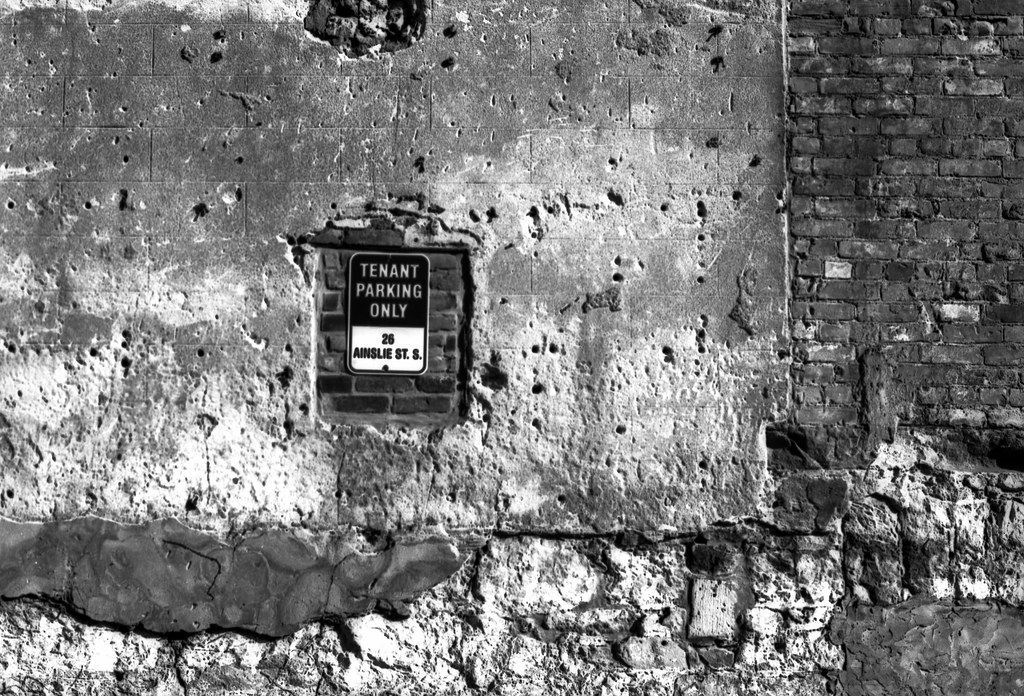


Final Thoughts
While I do my best to try and find some good in any film or at least get you in the right direction for shooting a particular film stock, even if I never found that path, I honestly can say I’m not pleased with Fantome. As a positive film by nature, it is difficult to get a good line when developing as a negative. I’m sure that the Adox Scala kit might be the best way to develop Fantome. Probably the best developer for the film as a negative is D96. It seemed to be the best at controlling the contrast. It also doesn’t help that as a slow film and blue-sensitive, you either need to suck up and accept that your blues will be blown out if you want to shoot this handheld or take a tripod with you and shoot under overcast conditions. It’s also difficult to handle, it curls up worse than any other film I’ve used, and I include the original Efke KB100 in that list. It certainly is different.
Further Reading
Don’t just take my word on Lomography Fantome 8. Check out these other reviews from around the Internet.
Lomography – Mastering the New Lomography Fantôme Kino
Emulsive – Lomography launches new slow B&W film – Fantome 8
35mmc – Lomography ‘Fantôme Kino’ B&W 8 ISO 35mm Film – First Frames Review
